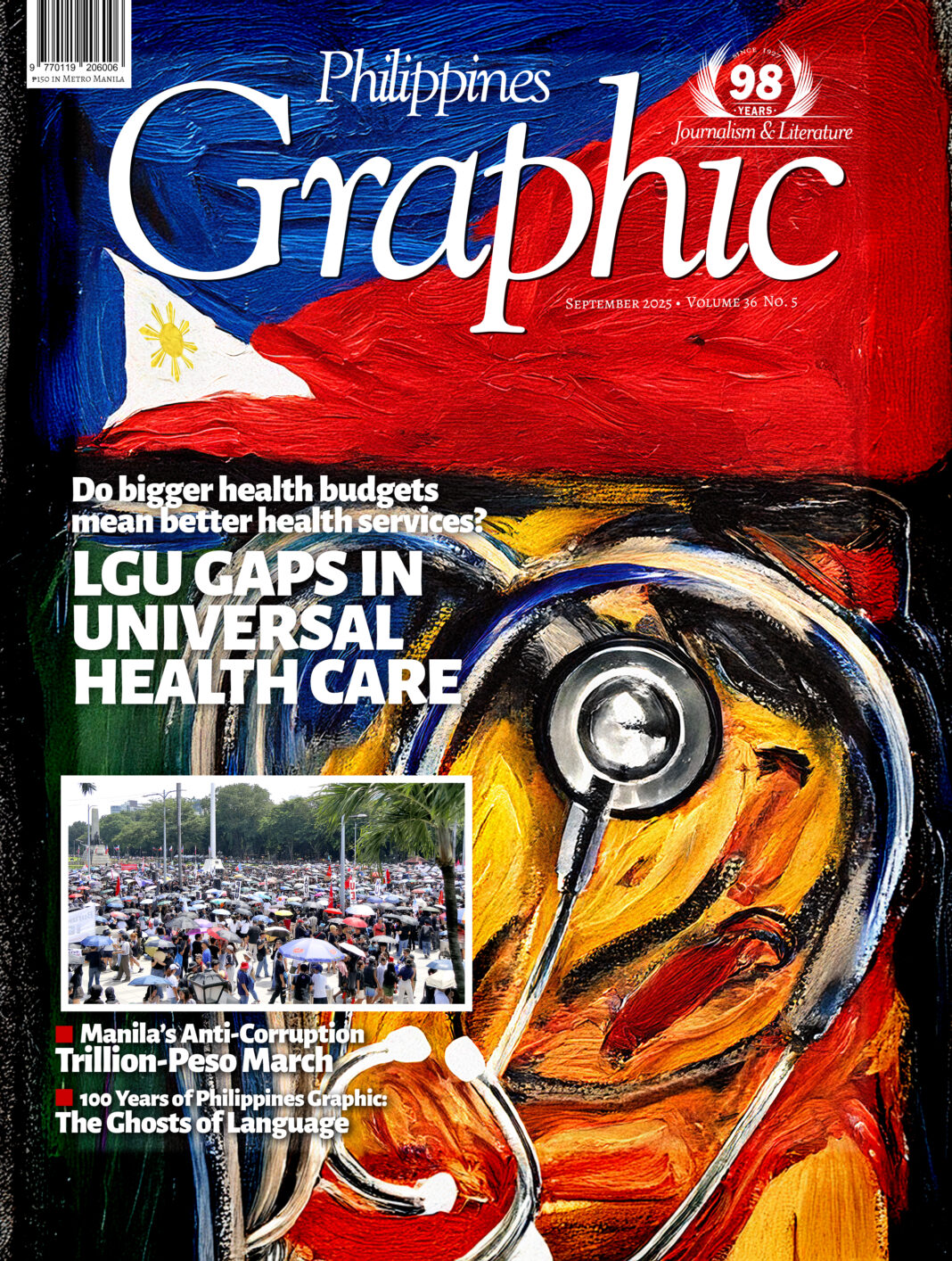A new study warns that bureaucratic bottlenecks, weak fiscal autonomy, and misaligned priorities are preventing health budgets from translating into better services for communities.
This, despite the fact that local governments are allocating more funds for health under the Universal Health Care (UHC) Law.
The study, “Maximizing Local Government Fiscal Performance of the Health Budget” was conducted by the Ateneo Policy Center School of Government—in partnership with Unilab’s Center for Health Policy (UCHP) and in technical collaboration with the Department of Budget and Management (DBM).
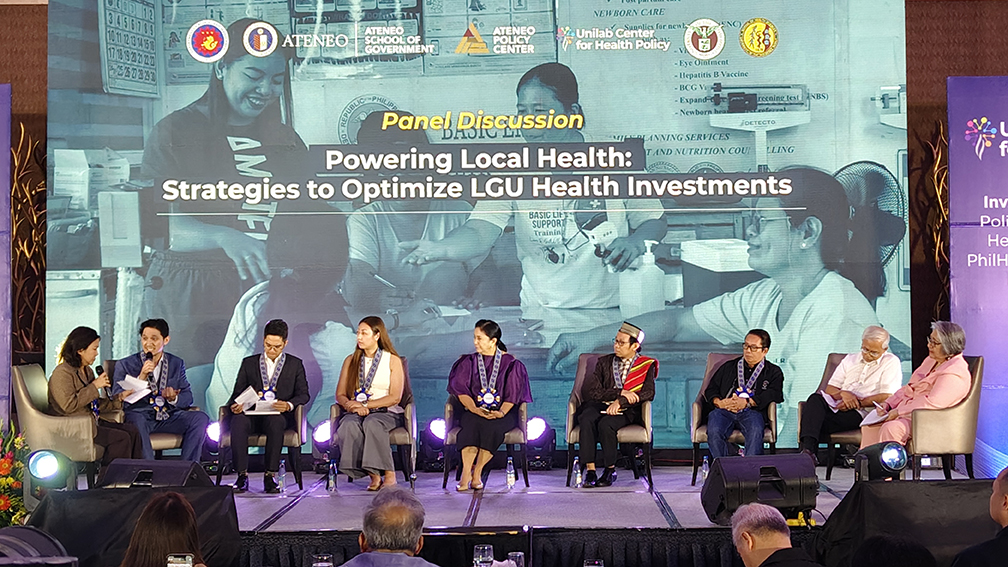
Basically, it reviewed the entire budgeting cycle of Local Government Units (LGUs) from June 2022 to mid-2025 by tracing how funds moved from planning to actual payment.
The research focused on how LGUs budget, authorize, and execute (spend) their health allocations under the Universal Health Care (UHC) Law. It looks at the full budgeting cycle: planning, allocation, obligation, payments, reimbursements, and actual service delivery.
Distinguishing between money obligated and appropriated versus what was ultimately spent or reimbursed, the study was able to pinpoint gaps between paper allocations and actual services delivered.
5 LGU SETTINGS
The three-year research classified LGUs into five typical LGU settings or “archetypes,” with one representative province, municipality or city per archetype.
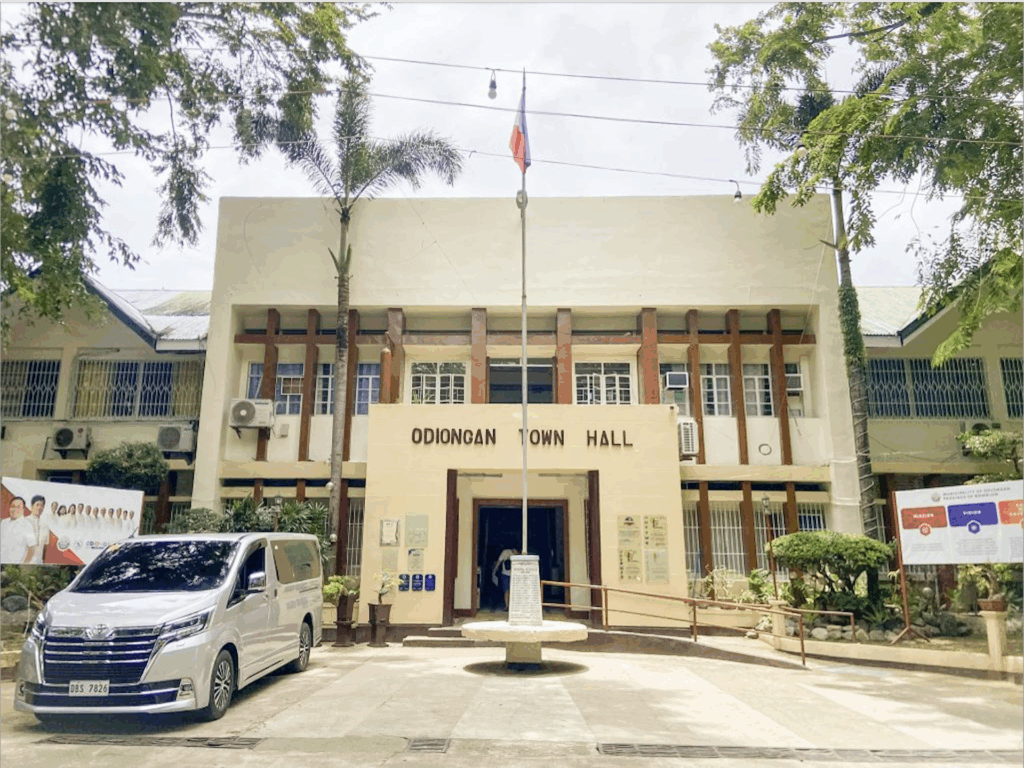
Odiongan, Romblon
A small, rural health unit-led system with tight referral pathways
Located in the western part of Tablas Island, the coastal municipality of Odiongan is composed of 25 barangays. It has a land area of 185.67 square kilometers and is considered as having the highest population in Romblon province. As of 2020, its population stood at 49,284 people.
Based on its municipal profile, Odiongan is the commercial, educational, trade, and government hub of Romblon. It is also the town where the province’s only public hospital is situated. Odiongan has three private hospitals with a total bed capacity at 176 beds.
Despite the relatively developed commerce and trade in Odiongan, the municipality still has a high concentration of poor households. For that matter, some 45.4% of assessed households in Romblon are poor.
Quezon City
A cross-LGU hub serving both residents and non-residents, stressing the need for shared cost mechanisms
As the largest city in Metro Manila in terms of land area (166.20 square kilometers), Quezon City also has the largest population, totaling 3.2 million as of 2022.
According to the Philippine Statistics Authority, Quezon City has one of the highest population densities in the country, at 17,000 per square kilometer, as of 2020.
Relative to other Metro Manila cities, Quezon City has a low poverty incidence. In 2018, its poverty incidence stood at 1.5%. However, there are enclaves of poor communities and informal settlers. Pockets of deprivation exist.
The Quezon City Local Government posted that in 2021, the city’s health budget was doubled to PHP1.66 billion (US$28.8 million), and has stayed above PHP2 billion (US$34 million) since 2022 to account for organizational reforms and sustained investments in health technology and infrastructure.
In August 2024, QCHD received PHP 239 million (US$4.10 million) from the Philippine Health Insurance Corporation to support the city government’s implementation of medical services for their local constituents
Three QC-run hospitals received the biggest chunk of funds: Quezon City General Hospital with P101.57 M, followed by Rosario Maclang Bautista General Hospital with P58.03 M and the Novaliches District Hospital with P47.74 million.
Other health facilities that will also receive reimbursements are the Quezon City Molecular Diagnostics Laboratory (P11 M), Quezon City – Social Hygiene (P10 M), Quezon City– Klinika (P7 M), and the Quezon City – Lying-in Clinic (P98 K).
Quezon City Konsulta Health Centers also had their share of P2.05M for implementing PhilHealth’s Konsulta or Konsultasyong Sulit at Tama package.
Antique province
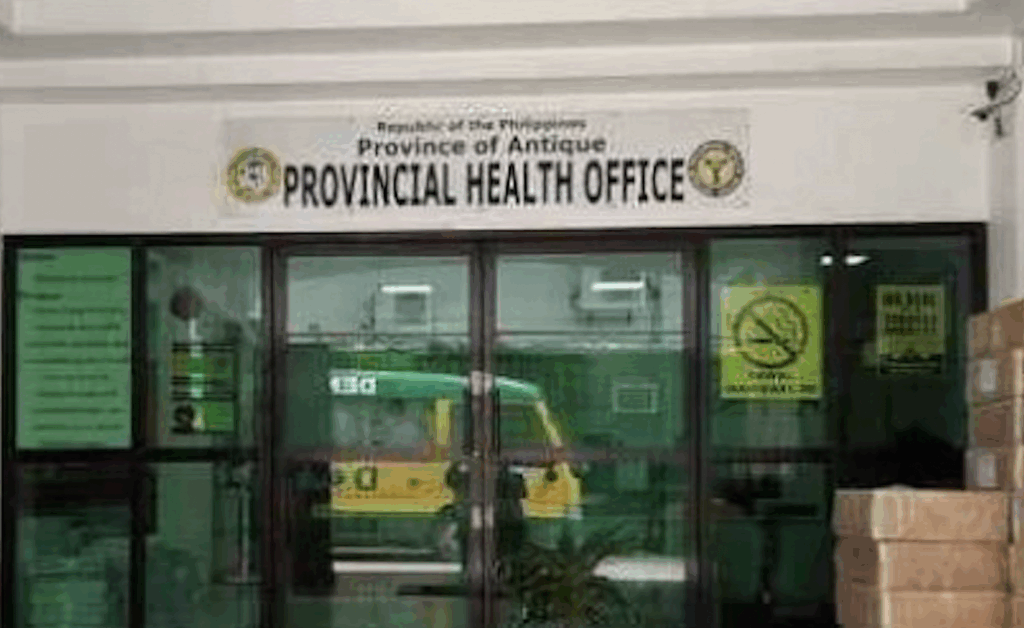
How provincial pooling of funds contrasts with municipal service delivery.
Occupying the western coast of Panay Island in the Visayas region, the province of Antique is composed of 18 municipalities, three of which are inland, 14 are coastal, and one island municipality. It has 590 barangays.
The province has a land area of 2,730.67 square kilometers and a population of 643,173, based on the 2024 Census of Population conducted by the Philippine Statistics Authority (PSA).
Antique has the lowest population density in Western Visayas. The average household size decreased from 5.07 in 2000 to 4.10 in 2020.
Effective Jan. 1 of this year, the province of Antique was officially reclassified as a First Class Province through Department Order No. 074, 2024, signed by Secretary of Finance Ralph G. Recto.
Agricultural activities dominate Antique, with rice, fishing, muscovado sugar, and other crops as primary sources of income. Remittances play a significant role, with 23.7% of families dependent on them.
In terms of its health conditions, Antique has specific vulnerabilities with reference to access to clean water, malnutrition, and the availability of health-related information.
Ensuring the accuracy of data for health monitoring, especially for malnutrition, is a priority, with recent efforts focused on calibrating weighing scales across multiple municipalities.
Antique faces significant malnutrition challenges. In 2023, the nutrition situation report of the National Nutrition Council (NNC) in Western Visayas cited that 3,190 of the 50,196 children zero to 59 months old in Antique were underweight. Also, 5,286 children were stunted while 969 were wasted.
The province has been cited for its weak “Coping Capacity” in healthcare, which reflects its ability to respond to health crises. This is attributed to a combination of medium vulnerability and low coping capacity scores in health and economic areas.
In 2019, Antique became one of the four provinces in Western Visayas identified as an Advance Implementation Site of Republic Act 11223 or the Universal Healthcare (UHC) Law.
Antique is among the early provinces—together with Guimaras, Iloilo, and Aklan— where special funds, referral systems, provider networks, and “no balance billing” (NBB) measures are piloted or advanced first.
Belison, Antique
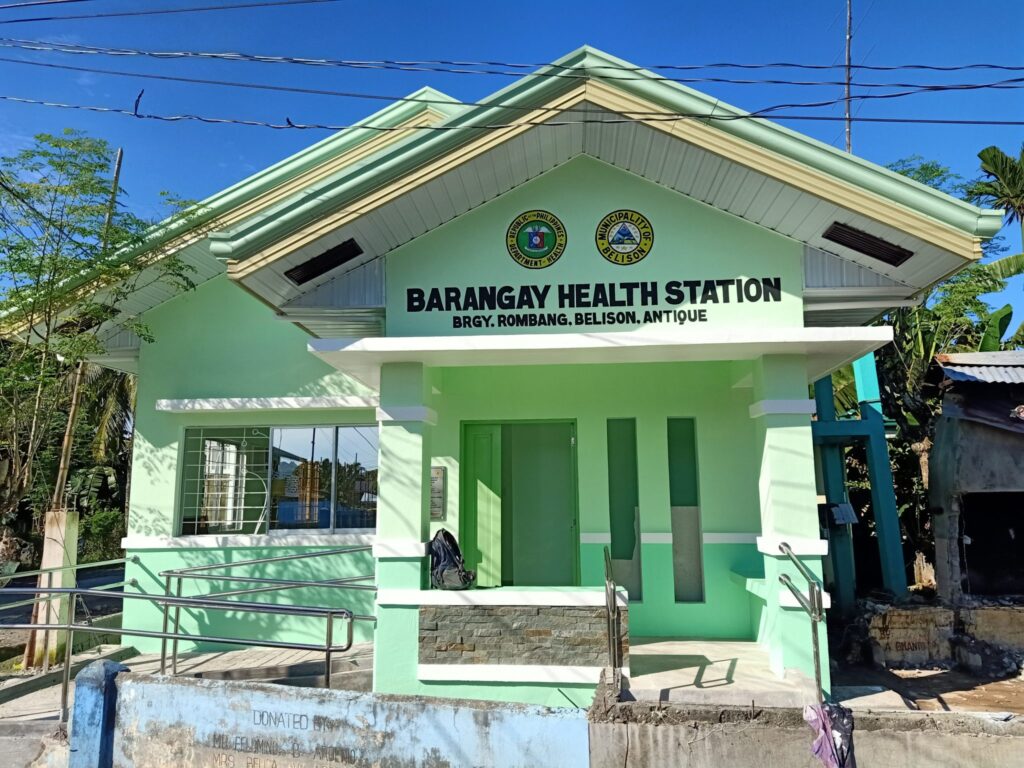
A town with working primary care but weak financial management, revealing gaps in procurement and accountability.
Belison is a 5th class municipality in the province of Antique. Its per capita income is relatively low, with many households relying on farming and agriculture—fishing, sugarcane harvesting, and the farming of rice and other vegetables.
According to the Philippine Statistical Authority (PSA), Belison has an estimated total population of 14,433 in 2024 spread over 11 barangays. The town is 15 kilometers from Antique’s provincial capital, San Jose de Buenavista.
Belison has a land area of 19.78 square kilometers, constituting 0.72% of the 2,729.17-square-kilometer total area of Antique. It is the smallest and youngest municipality in Antique province.
Based on PSA figures, Belison’s low per capita income poses difficulties for families to meet the necessary food requirements. Poverty has become an emerging root of health problems in the locality.
Along with other municipalities in Antique, Belison experiences high rates of malnutrition. Factors contributing to this include low per capita income, poor sanitation practices, and other social conditions.
The municipality does not have a permanent Public Health Nurse to assist the Municipal Health Officer and a permanent driver for the ambulance. Being a fifth class municipality, Belison does not have enough funds to implement all the necessary health programs.
The municipality’s healthcare services are primarily provided through the Belison Rural Health Unit (RHU), located in Barangay Poblacion.
The RHU serves as the primary healthcare facility, offering essential health services to the community.
Records from Municipal Health Office and Local Civil Registrar show that the top leading causes of morbidity for the last five years (2013-2017) in Belison are pneumonia, cardiopulmonary arrest and cardio respiratory arrest.
The town is highly dependent on the National Tax Allotment (NTA/IRA). Almost 90% of its regular annual income comes from national government transfers rather than local revenue sources.
Isabela City, Basilan
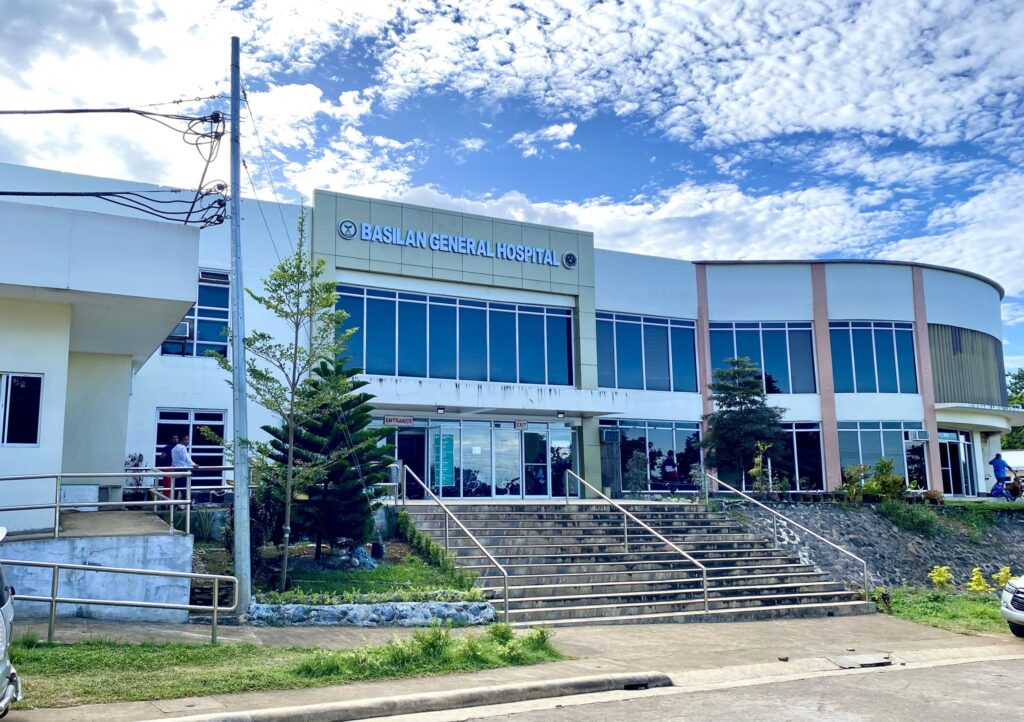
Outside Bangsamoro Autonomous Region in Muslim Mindanao (BARMM) but interacting with it, serving as a laboratory for intergovernmental coordination.
Isabela City in Basilan is administratively part of the Zamboanga Peninsula Region (Region IX) instead of the BARMM.
When BARMM was created in 2019 to replace the former Autonomous Region in Muslim Mindanao (ARMM), a plebiscite was held in the areas proposed to be included in the new autonomous region.
Although most of Basilan voted to join BARMM, the predominantly Christian Isabela City voted overwhelmingly against joining.
The residents of Isabela City preferred to remain under the administrative jurisdiction of the mainly Christian Zamboanga Peninsula Region (Region IX), governed by the local government units centered around Zamboanga City.
Isabela City is a major economic hub in Basilan. Its economy relies heavily on agriculture, with rubber and coconut as principal crops. The presence of agro-industrial businesses, including processing plants for rubber and copra, supports local employment.
The city has a Department of Health (DOH)-accredited clinical laboratory, offering essential diagnostic tests (e.g., CBC, urinalysis, blood chemistry, tuberculosis testing).
Isabela City faces health challenges linked to poverty, including malnutrition risks, limited healthcare resources in rural barangays, and access issues. Communicable diseases such as tuberculosis remain a public health concern.
HEAVY NTA DEPENDENCE
The study found that heavy National Tax Allotment (NTA) dependence leaves municipalities vulnerable to cash flow delays, while misaligned planning schedules often turn health plans into “wish lists” rather than actionable budgets.
PhilHealth reimbursements and DOH grants provide support, especially for provinces and cities with hospitals, but these are not always reflected in LGU planning.
Dr. Maria Eufemia C. Yap, Senior Research Fellow at the Ateneo Policy Center, pointed out that the 5% increase in local governments’ National Tax Allotment (NTA) for health is not being maximized as intended.
“Ideally, the process should be: this is our target, this is our plan based on our needs, this is how much will be allocated, and this is how it will be spent. That’s where it falls short,” Yap told the BusinessMirror in an interview at the sidelines of the 2nd Unilab Center for Health Policy (UCHP) Executive Symposium on Universal Health Care in Makati City.
Yap explained that health is just one of many competing priorities for LGUs, and when plans within the sector are not aligned, execution becomes fragmented, creating “budget leakages” that blunt the impact of spending.
SLOW MOVEMENT OF FUNDS
More critically, Yap emphasized that the main issue is not the amount of money, but the slow movement of funds due to procurement delays, poor absorptive capacity, and mismatched schedules.
In smaller towns, per capita health spending was just P228 to P745 per person, nearly nine times lower than the national average for primary health care.
Meanwhile, bigger LGUs with hospitals spend more due to PhilHealth inflows, but still face constraints in payments and utilization.
“The biggest bottleneck is the process itself—timing, transparency and execution. Fixing these will make a bigger difference than just adding more funds,” Yap said.
SHORT OF WHO BENCHMARK
Despite per capita health spending rising to P8,658 in 2022 from P2,542 in 1991, the country still falls short of the World Health Organization’s benchmark of 5% of GDP.
Out-of-pocket costs continue to climb, reaching P615.16 billion in 2024, up 11.8% from the previous year, while PhilHealth’s share of spending peaked at just 17% in 2019, well below its 30% target.
“Kalahating trilyong piso mula mismo sa bulsa ng pamilyang Filipino [Half a trillion pesos from the pockets of Filipino families] is spent on health care, yet local government health spending continues to lag behind. Unless these gaps are addressed, universal health care will remain a promise: magandang pakinggan pero hindi dama ng karamihan [nice to hear but not felt by most],” Atty. Jose Maria A. Ochave, executive director of Unilab Foundation, noted.
Yap said reforms like the Special Health Fund can improve the system, but only if fully utilized. “There are opportunities that could be lost if we don’t use the mechanisms that would improve the system,” she noted, speaking partly in Filipino.
She stressed that “the future of UHC is local,” but warned that multiple funding streams—local revenues, NTA, DOH grants, PhilHealth reimbursements, and the Special Health Fund—have made financial management increasingly complex.
To succeed, Yap said LGUs must strengthen public financial management across treasurers, budget teams, health officers, and local councils. Without this, inefficiencies will persist and the Philippines risks missing its health targets.
“The constant refrain is always, ‘wala kaming pera [We don’t have money].’ I’m not saying that’s entirely untrue—there are indeed deficiencies. But I also think there is money that is either not being used or not properly planned and disbursed,” Yap said. “What matters now is turning allocations into real, tangible outcomes for communities.”
DBM REPORTS ON HEALTH SPENDING
Meanwhile, the Department of Budget and Management (DBM) reported that the proposed 2025 national budget has been set at P6.326 trillion, equivalent to 22% of the country’s gross domestic product (GDP) and 9.7% higher than this year’s appropriation.
DBM Undersecretary Margaux Marie V. Salcedo, speaking on behalf of Secretary Amenah F. Pangandaman, said the Department of Health (DOH) and its attached agencies—including the National Nutrition Council and the Philippine National AIDS Council—will receive P253.36 billion under the proposed spending plan.
“The budget of the DOH has consistently increased annually since 2022. This upward trend reflects lessons from the pandemic and the government’s resolve to meet the growing needs of our healthcare system,” Salcedo said.
She added that allocations are aligned with the Philippine Development Plan 2023–2028, aiming to secure sustainable and equitably distributed health infrastructure and human resources.
Significant portions of the DOH budget are designated for hospital operations, with Metro Manila hospitals receiving P23.06 billion and regional hospitals and facilities, P78.9 billion.
The funding also supports Bagong Urgent Care and Ambulatory Service (BUCAS) centers, free essential medicines, and basic health services to help reduce out-of-pocket expenses.
The Health Facilities Enhancement Program receives P35.37 billion for the construction, rehabilitation, and upgrading of government healthcare facilities, including equipment and medical transport services.
An additional P500 million is earmarked for the Quick Response Fund, ensuring immediate post-disaster rehabilitation of facilities and equipment.
Local health systems are prioritized through the Local Health System Support Program, allocated P74.4 billion. The Human Resources for Health and Institutional Capacity Management (HRHICM) Program has seen a 74.6% increase to P463 million, providing training and scholarships for healthcare professionals in LGUs. The National Health Workforce Support System is allocated P17.97 billion to retain healthcare workers in the country.
Salcedo highlighted that PhilHealth continues to provide benefits to all members despite not receiving government subsidies this year. Coverage for the top 10 most burdensome diseases has expanded, and case rates for 9,000 packages increased by 50%.
She added that the Zero-Balance Billing Policy ensures free hospitalization for basic accommodation in select DOH-run hospitals, supported by P41.6 billion under the Medical Assistance to Indigent and Financially Incapacitated Patients Program.
The proposed 2026 national budget, currently under deliberation, totals P6.793 trillion, with the DOH allocation increasing to P260.57 billion.
“This has yet to be approved by Congress, but we hope Congress will support our goal of strengthening the healthcare sector so that every Filipino can access hospitals, doctors, consultants, and free medicines,” Salcedo said.
“The national government is doing its best to make quality healthcare inclusive, equitable, and affordable for all Filipinos,” she added.
However, Salcedo stressed that LGUs must also play an active role in advancing this mission through strategic planning, fund mobilization, and collaborative partnerships.
OPTIMIZING LGU CONTRIBUTION
Salcedo outlined three key steps for LGUs to optimize their contribution to national health spending.
She said LGUs should align local plans with the National Health Expenditure Program to access complementary funds and maximize resources.
“Leverage the Special Health Fund by pooling DOH transfers, PhilHealth payments, and local appropriations to create a more resilient and responsive local health financing system,” she further explained.
And for the third step, Salcedo said LGUs should forge strategic partnerships with the DOH through memoranda of agreement to implement programs such as the Health Facilities Enhancement Program, Human Resources for Health deployment, and Patient Assistance Programs.
Salcedo added that while these measures lay the foundation for a stronger health system, turning plans into lasting change requires evidence-based reforms and collaborative efforts.
“We cannot transform the country’s healthcare system alone. A whole-of-society approach is necessary to achieve our shared vision,” she emphasized.
‘FIGHTING CORRUPTION’
Patrick Alain Azanza, governor of Catanduanes, laid bare the severe challenges facing his province’s health system, citing both structural deficiencies and entrenched corruption.
“Catanduanes is an island, ranked ninth from the bottom in terms of poverty incidence. Malnutrition here is the highest in the country. Most of our hospitals, especially the Eastern Bicol Medical Center (EBMC), are decades old, and the situation is really bad,” he said.
He stressed that corruption continues to drain resources allocated to the island. “Fifteen million medicines were allegedly bought and distributed, but they’re still being sold. This shows how corruption acts as an open faucet that depletes resources meant for our people,” Azanza said.
Azanza described a workforce heavily reliant on contractual staff, with positions often filled through political patronage. “A farmer, a leader’s son, was put in a position with no knowledge of healthcare services. Our hospitals have more job orders than doctors and nurses,” he said.
Of the P1.5-billion budget of Catanduanes, about P300 million goes to health—roughly P444 per capita for its 270,000 population, within the national median. “But because of the many holes in the system, the services that should reach our fisherfolk and farmers often do not,” he added.
“Health is everything for us,” he emphasized. “For our fisherfolk and farmers, the moment they get sick, there’s no one to take care of them or feed their families. Even if corruption faucets are not blamed, almost no one receives the benefits intended for our constituents.”
Azanza also detailed how corruption affects hospital operations, noting that even well-meaning doctors often have to find ways to generate income.
“PhilHealth may bring income to hospitals, but services are outsourced to private pharmacies and laboratories. Even something as small as a glass of medicine can be diverted for personal gain. There’s always someone who ends up buying from outside. The zero-balance bill is not true for us,” he said.
To address these, he reallocated P30 million from confidential funds to healthcare and is exploring how the province’s eight district hospitals could operate as self-sustaining enterprises. EBMC alone, he said, loses P60 million annually despite potential gains of P20 million if PhilHealth collections were fully realized.
“Until corruption disappears—from equipment and food to staffing—our hospitals cannot operate at full potential. This is what makes it hard for our people, and this is what needs to be fixed,” Azanza said.
‘SYSTEMIC REFORM’
Former vice president and now Naga City Mayor Maria Leonor Robredo echoed the call for systemic reform, stressing that hospitals must move away from operating in silos. She said a full rollout of universal health care could encourage resource-sharing rather than competition.
Robredo cited Naga City’s ordinance creating a global health fund to pool PhilHealth benefits, describing it as a model for strengthening systemic resilience. She stressed that resilience should not be confined to disaster response, but must also be anchored on strong and effective leadership.
“In Naga, we have the Naga City People’s Council, which helps ensure that even with changes in top leadership, operations at the local level continue with minimal disruption,” Robredo said.
Citing Catanduanes, which is frequently battered by typhoons, Robredo stressed that the challenge is not resource scarcity but inefficient allocation.
“Resources are not lacking; what is missing is a system for proper allocation and guidance on how these resources should be spent. Health is, of course, the most affected sector, but for communities like Catanduanes, health is everything,” she added.
Both Azanza and Robredo underscored that political will and integrity determine whether resources reach those most in need. Azanza recalled cancelling about P100 million in ineffective projects upon assuming office and realigning them with the provincial board to fund a new EBMC.
“If your decisions show that you’re serious and corruption will not be tolerated, then people will follow. At the end of the day, we need to make sure that 100 percent of our budget truly benefits the people and the health sector. For me, health is everything.”
‘HEALTH MUST BE RIGHT’
The lead convenor of the People’s Budget Coalition, Kenneth Isaiah Abante, urged the government to treat health as a basic right and strengthen oversight of allocations, particularly amid reports of reduced funding for PhilHealth and hospital assistance programs.
He said political leadership is crucial to ensure that patients do not have to “beg” for services, and called for broader representation in local health boards by including the academe, people’s organizations, patient groups, and barangay health workers.
Abante added that the health budget should prioritize a shift from hospital-based curative care to preventive and primary care, with more resources for rural health units and barangay facilities.
He also recommended funding local health monitoring systems that empower universities and civil society groups to provide data-driven recommendations to local governments.
To address gaps in planning, he suggested developing digital tools that help local government units prepare Annual Investment Plans based on key health indicators, such as tuberculosis prevalence, to support frontliners and improve efficiency in budgeting.
Asked how soon Filipinos could feel the benefits of the UHC law once administrative hurdles are resolved, Yap said meaningful change would depend on consistent implementation despite frequent leadership transitions in government.
She noted that patients could immediately experience improvements through the rollout of the outpatient benefits package, now called YAKAP, which provides accessible primary care services.
“If finances are managed better and resources are maximized, the impact will be felt sooner,” she said.
Yap added that strengthening frontline and primary care delivery, alongside improving access to data for planning, would significantly ease the burden on hospitals.
“Let’s give our people a chance to experience what they’re supposed to be experiencing,” Yap said. “Also, an opportunity to make the delivery of health services rational.”
She urged policymakers to treat health as both a service and a political tool that, if used well, could directly demonstrate the government’s commitment to its people.

